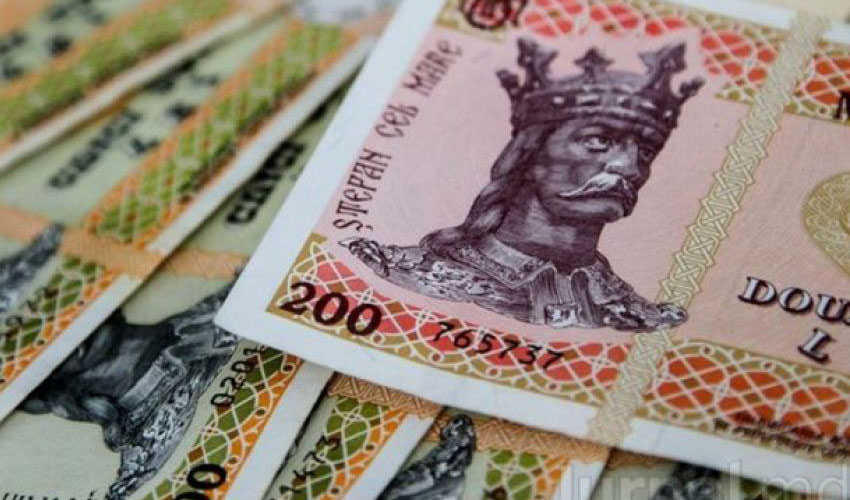
The world’s population is aging, but unevenly. While some regions are gaining age at an alarming rate, others remain remarkably young.
Median age measures the midpoint of the age distribution of a population. In other words, it is the case where half of the people are younger and half are older. This is different from the mean, which sums all ages and divides by the total number of people, so the median age is more likely to affect very young or very old people.
Africa stands out as the youngest region with a median age of less than 20 years in 21 countries, led by Niger (15), Uganda (16) and Mali (16). In total, these 21 countries are home to 790 million people.
This demographic structure reflects high fertility and improved child survival rates, but also signals future challenges in job creation and education. These young populations may shape global labor markets and migration flows in the coming decades.
On the other hand, Europe and East Asia have older global populations. In Europe, the oldest populations include Monaco (57), Italy (48) and Germany (47), while in Asia they include Japan (50), Hong Kong (47) and South Korea (46), highlighting the demographic decline in the region.
A shrinking labor force and rising dependency ratios could pose serious challenges in the future, especially in the areas of health care and pensions.
The reasons for the rise in median age can range from catastrophic youth migration, as is the case in Moldova, Romania, Bulgaria and the Baltic States, to rising life expectancy against a backdrop of strong medicine and high levels of wealth, as in the developed states of the Old World.
The median age in neighboring states is as follows: Romania – 46 years, Ukraine and Bulgaria – 45 years, Russia and Belarus – 42 years.
Accordingly, the population of our country is still relatively young, but this is most likely the “merit” of low life expectancy.













